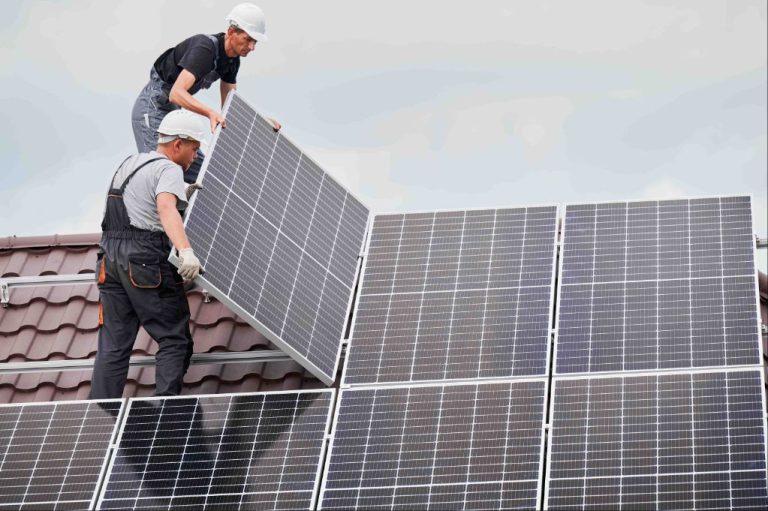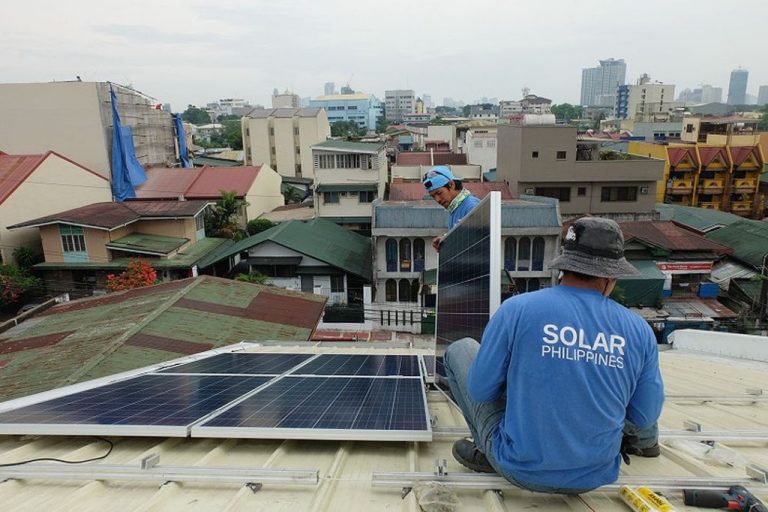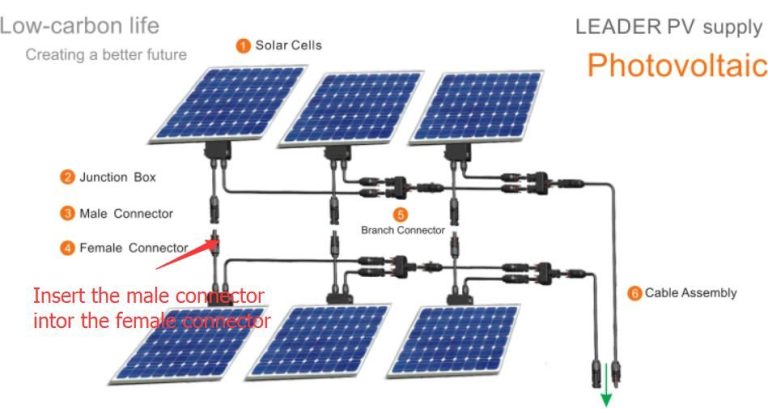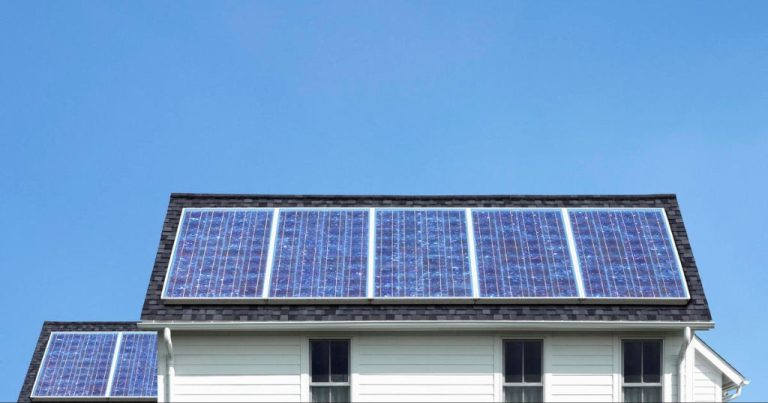How Many Solar Panels Are Needed To Run A School?
Schools are large consumers of electricity, using it to power lighting, heat and cool buildings, run kitchen appliances, and support classroom and administration electronics. With rising energy prices and increased awareness of the environmental impacts of fossil fuels, many schools are exploring solar power as a clean, renewable alternative to traditional grid electricity.
Solar panels can fully or partially meet a school’s electricity needs, reducing carbon emissions and providing long-term cost savings. This allows resources to be redirected back into education. Plus, solar panels can provide hands-on learning opportunities in STEM subjects.
Determining how many solar panels are needed for a school requires examining factors like energy consumption, solar resource availability, desired solar electricity offset, and budget. This article provides a step-by-step look at calculating solar panel needs for schools and implementing a solar array that maximizes benefits.
Typical Electricity Usage of a School
The electricity needs of a school can vary greatly depending on factors like the size of the school, number of students, age of the buildings, and what amenities are offered. However, there are some typical uses of electricity that most schools share.
Lighting is one of the biggest electricity draws for a school. Classrooms, hallways, gyms, auditoriums, and outdoor spaces all require ample lighting. Heating, ventilation and air conditioning (HVAC) systems also use a significant amount of electricity to heat or cool classroom spaces. Older schools tend to have less energy efficient HVAC systems.
The school kitchen uses electricity for refrigeration, cooking appliances, dishwashers, and other culinary equipment. Electricity powers computers, printers, copiers, smart boards, and other office equipment in classrooms and administrative offices. Other common electrical loads are for security systems, phone/internet networks, and audio/visual systems.
The size of the school, number of classrooms, and types of amenities offered will determine the total electricity usage. But lighting, HVAC, kitchen appliances are major contributors to electricity consumption for any school.
Solar Panel Output
The number of solar panels needed to power a school depends on the wattage produced by each individual solar panel. Most standard solar panels on the market today have power ratings ranging from 250 watts to 400 watts. Higher efficiency monocrystalline solar panels can produce up to 450 watts per panel.
For example, a 300 watt solar panel under ideal conditions can produce 300 watts of power per hour. Over the course of a day with 5 hours of peak sunlight, it could generate 300 x 5 = 1500 watt-hours or 1.5 kilowatt-hours of electricity. Knowing the power output per panel is key to determining how many total panels are required to meet a building’s energy usage needs.
Calculating Number of Panels Needed
To determine how many solar panels are required to power a school, you need to calculate the school’s average electricity usage and the power output of the solar panels you plan to install. Here are the key formulas and calculations involved:
Average Electricity Usage
First, calculate the average daily electricity usage of the school in kilowatt-hours (kWh) based on the monthly utility bills. Add up the kWh used per month over a year and divide by 365 days to get the average daily usage.
Panel Power Output
Next, determine the power output of the solar panels you plan to install in kilowatts (kW). Check the manufacturer’s specifications – a standard 250W panel in full sun generates about 1.5 kWh per day.
Number of Panels
To calculate the number of panels needed:
Average Daily Usage (kWh) / Panel Power Output (kWh per day) = Number of Panels
For example, if the average daily usage is 500 kWh, and the panels output 1.5 kWh each, then 500 / 1.5 = 333 panels would be required.
Solar Array Size and Layout
The physical size and layout of the solar array is an important consideration when installing panels on a school’s roof. The number of solar panels needed, calculated based on the school’s energy usage, will determine the total solar array size.
For example, if a 200 kW solar array is needed, with standard 330W panels, this would require 606 panels. Assuming panels are approximately 65” x 39”, each panel would cover around 15 square feet. For 606 panels, the total solar array size would cover around 9,090 square feet. This is about the size of a basketball court.
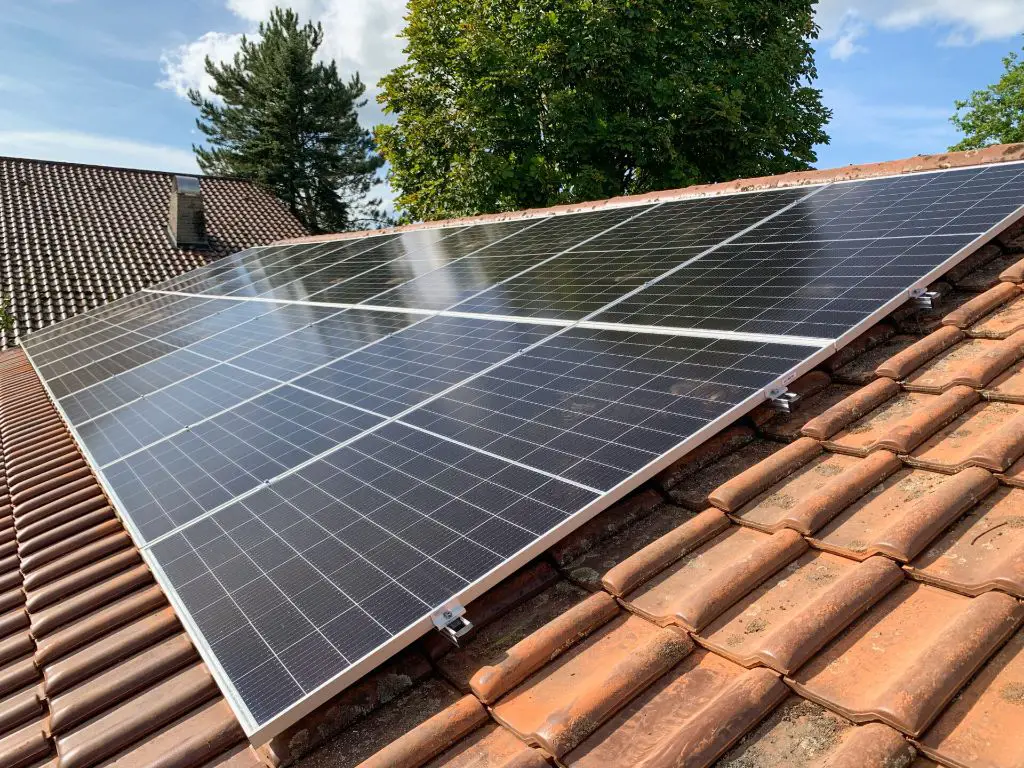
The roof area must be large enough to accommodate all the panels. Rooftop obstructions like HVAC units will also reduce usable space. Panels are usually mounted facing south for maximum sunlight exposure. leaving sufficient space between rows for cleaning and maintenance access.
It’s recommended to have a licensed structural engineer assess the roof load capacity to ensure it can support the weight of the panels. The layout can be adjusted based on the available unshaded space for the best solar production.
Battery Storage
Along with solar panels, most school solar installations will also incorporate batteries to store excess electricity for use at night or on cloudy days when solar production is low. This allows the school to maximize its use of the “free” solar electricity produced. Batteries also provide backup power during grid outages.
There are several battery options for solar systems. The most common are lead-acid and lithium-ion batteries. Lead-acid batteries are cheaper and have been used longer, but lithium-ion batteries have a longer lifespan and better performance. When sizing a battery bank, the goal is to have enough capacity to power critical loads during times when solar production is down.
Factors to consider when choosing batteries include the system size, power demands, days of autonomy (how many days the system should run without sun), depth of discharge, and local climate patterns. Batteries will add significantly to the upfront cost of a solar system for a school, but also increase energy resilience and long-term savings.
Case Studies
There are several examples of K-12 schools in the United States that have successfully installed solar panel systems to help provide electricity. Here are a few case studies:
Poudre School District, Colorado
This public school district installed solar panels at 30 of its buildings, including elementary, middle and high schools. The 5.4 MW system is expected to generate 7.2 million kWh annually, offsetting around 9% of the district’s total energy usage.
Farmingdale School District, New York
This district partnered with SolarCity to install 8,300 solar panels across 11 schools and support buildings. The system generates 3 MW of power which covers around half of the district’s annual electric bill.
Francis Howell School District, Missouri
This school district installed 1,490 solar panels on 5 schools in 2012. The panels generate 438,000 kWh annually, providing 15-20% of each school’s electricity usage. Their return on investment is estimated at less than 5 years.
These examples demonstrate that with proper planning and funding, K-12 schools can realize significant electricity bill savings and environmental benefits from implementing solar power.
Costs and Savings
Installing a solar array for a school can require a significant upfront investment. However, there are often government incentives and rebates available to help reduce costs. The main expenses include purchasing the solar panels, inverters, racking and mounting equipment, as well as installation labor.
For a 50 kW system, total costs may range from $80,000 to $150,000 depending on system size, equipment choices, location and installer. Many states and utility companies offer rebates up to 50% of system costs to encourage renewable energy adoption. The federal investment tax credit (ITC) also allows for 26% of expenditures to be claimed.
Over the lifetime of a solar array, electricity bill savings generally outweigh the initial investment. Most solar panels come with 20-25 year power production warranties. With no fuel costs for sunlight, the school can enjoy free electricity generation for decades after being installed. Proper maintenance is required, but overall solar presents an opportunity for schools to reduce overhead costs and free up funds for educational purposes.
Maintenance
Solar panels require some routine maintenance to keep them operating efficiently. The main maintenance tasks for a school’s solar array include:
Cleaning the Panels
Dirt, dust, pollen, and bird droppings can accumulate on solar panels over time, reducing their energy output. It’s recommended to clean off solar panels 2-4 times per year. Using a simple soft brush and plain water is usually sufficient. Avoid harsh chemicals or abrasive materials that could scratch the glass surface.
Inverter Lifespan
Solar inverters convert the DC electricity from solar panels into usable AC power. Inverters typically last 10-15 years before needing replacement. When an inverter fails, the solar array will not produce power until it’s replaced.
Repairs
Occasional repairs may be needed, such as replacing broken solar panel glass or fixing loose wiring connections. It’s a good idea to visually inspect the solar array 1-2 times per year and after major storms. Most solar panel manufacturers provide 10-25 year warranties, so panels that fail during that time can be replaced for free.
Conclusion
In summary, installing solar panels to power a school can provide significant benefits. The number of solar panels needed depends on factors like the school’s electricity usage, the output of the panels, and whether battery storage is included. With careful planning and design, a school can offset a major portion of its electricity usage with a solar array. This can lead to thousands of dollars in annual energy savings that can be reinvested in students and programs. Solar power also provides environmental benefits and can be incorporated into the curriculum to educate students about renewable energy. With the right solar contractor, incentives, and financing, installing solar panels is an investment in a school’s future with both financial and educational returns.

